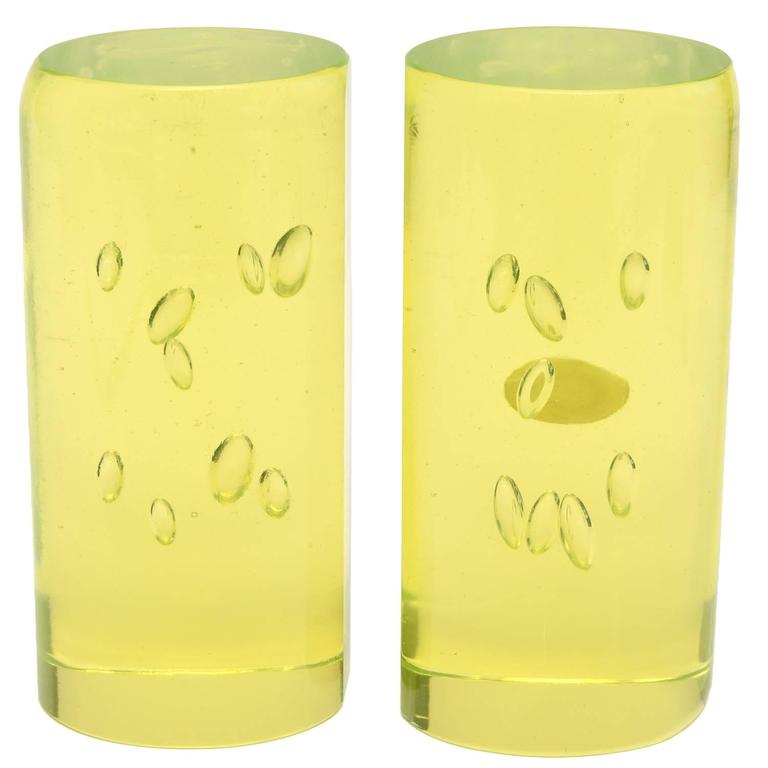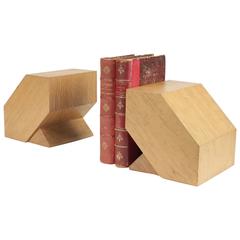

Much less brittle than iron, bronze melts at a relatively high temperature.

Other elements are also sometimes used in bronze alloys - be it phosphorus, manganese, aluminium, or silicon - hence the many different “bronzes” that exist. Spelter is still used today to make cheaper cast metal products.īronze is an alloy consisting mostly of copper, usually with tin as the main additive (another copper alloy, brass, is copper alloyed with zinc). Spelter bookends from the Art Deco era were most often made by permanent mold slush casting (which means they are hollow). Because this alloy has a much lower melting temperature than bronze, it was commonly used to make less expensive products (not just bookends, but all sorts of household items). Spelter generally refers to an alloy of zinc and lead, and is often referred to as gray metal, white metal, pot metal, and others. Often sand cast, they may have a bronze “wash” or other plating, but if a magnet sticks they contain ferrous material, and are therefore generally considered to be iron (except for the occasional steel railroad-rail cutoff). Rounding out the historical record are one very famous “Bookends” produced in vinyl, if you count the album & title track released by Simon & Garfunkel in 1968.Ĭast iron are among the easiest to identify an ordinary ’fridge magnet sticks to them. Most collectible vintage or antique bookends fall into one of four categories: iron, spelter, solid bronze, and bronze-clad - other pairs were produced in alabaster, marble, onyx, gypsum, glass, pottery, and hardwood.


 0 kommentar(er)
0 kommentar(er)
